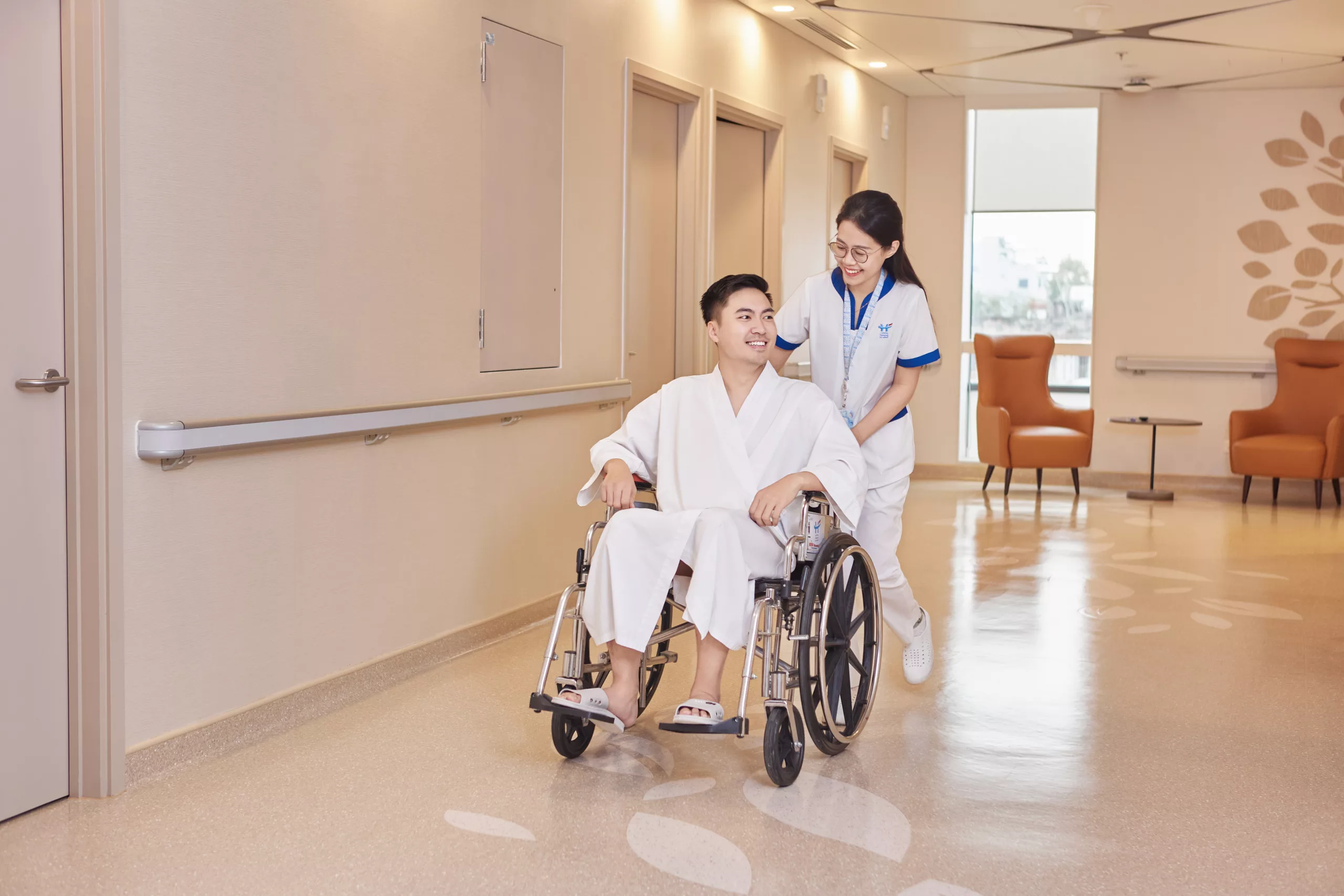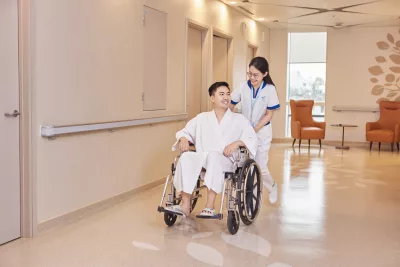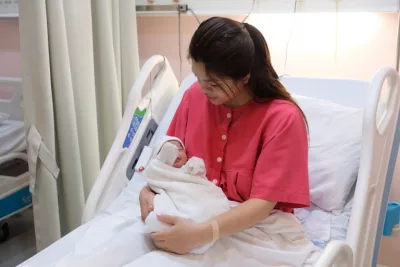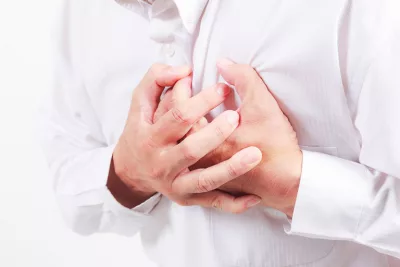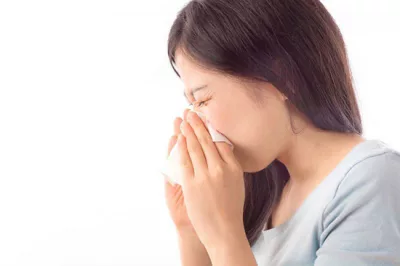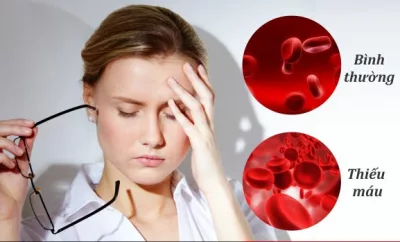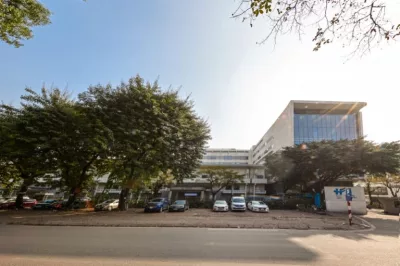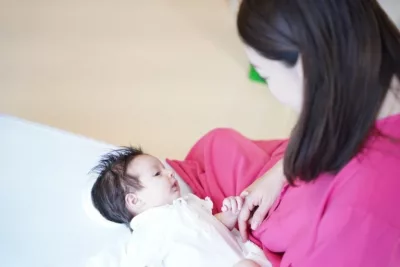What is Scoliosis?
Scoliosis is a condition where the spine curves abnormally. It can be visually noticeable as a sideways deviation of the spine, or curving forward or backward (kyphosis), or to one side (lateral scoliosis).
In a healthy spine viewed from the side, there are natural curves: the neck curves slightly forward, the upper back curves backward, the lower back arches slightly forward, and the sacral region curves backward again. From a front or back view, the spine should form a straight line from the top of the head to the tailbone.
Scoliosis can occur at any age but is especially common in school-aged children. Without proper care and early intervention, spinal curvature may become more severe, harder to correct, and significantly impact a child’s development and future quality of life.
What causes scoliosis?
There are many potential causes of scoliosis, particularly in adults. A common cause is spinal degeneration due to aging. In children, scoliosis may be congenital. Poor posture habits also contribute significantly, especially among youth.
- Congenital scoliosis
This occurs when the spine develops abnormally while the baby is in the womb. Causes may include exposure to harmful chemicals during pregnancy or trauma affecting fetal development, leading to uneven spine formation. - Genetic factors
While no definitive studies confirm a genetic link, scoliosis often runs in families. Experts believe genetic predisposition plays a role in abnormal spinal development. - Neuromuscular disorders
Scoliosis may result from conditions affecting muscle development and nerve function, such as cerebral palsy, muscular dystrophy, or spinal muscular atrophy. - Poor posture and repetitive strain
Incorrect posture while sitting, standing, carrying heavy loads, or doing sports can strain the spine and cause curvature, especially when repeated over time. - Post-surgical complications
In rare cases, scoliosis may develop as a secondary condition following major surgery. Any unusual symptoms after surgery should be reported to a doctor immediately. - Leg length discrepancy
Unequal leg lengths can lead to uneven gait, shifting body weight unevenly across the spine, resulting in spinal curvature. - Osteoporosis
Osteoporosis weakens the bones and may lead to scoliosis as brittle bones deform more easily. This can lower overall quality of life and mobility. - Spinal degeneration
Degeneration of joints and discs, common in elderly individuals, reduces spinal integrity and can lead to spinal deformities such as scoliosis.
Other risk factors include age, gender, and lifestyle habits that contribute to spinal stress or bone loss.
Recognizable signs of scoliosis
The most visible sign is when one side of the rib cage or muscles protrudes more than the other. In mild cases, the symptoms may be subtle, but in severe cases, spinal deviation is clearly visible.
- Visible curvature
The spine may appear in an “S” or “C” shape when viewed from the back or front, instead of being straight. - Leaning posture
Uneven weight distribution can cause the body to lean to one side. You may notice this in a mirror or when trying to stand straight. - Uneven shoulders
One shoulder may be higher or lower than the other, affecting posture and comfort, especially when wearing fitted clothes. - Protruding shoulder or hip
In more advanced scoliosis, the spine may twist, causing asymmetry where one shoulder blade or hip sticks out. - Rib hump
The rib cage may be more prominent on one side due to the curvature affecting the thoracic spine. - Back pain
Chronic or positional back pain is common, especially in older individuals or those with long-standing scoliosis.
Treatment options for scoliosis
Treatment depends on the severity of the condition. Common options include:
- Surgery
Recommended in severe cases, especially in children. However, it carries risks and is considered carefully. - Chiropractic care
Manual adjustments help realign the spine. This is often combined with physical therapy to relax surrounding muscles. - Physical therapy
Daily targeted exercises improve balance, strengthen muscles, and support spinal correction and mobility.
Effective prevention of scoliosis
- Maintain proper posture
Sit, stand, and work with a straight back and open shoulders. Avoid slouching or staying in one position too long. Frequent posture changes reduce spinal stress. - Lift properly
Use both hands and distribute weight evenly. Use backpacks with supportive straps to minimize spinal strain. - Exercise regularly
Strengthens back muscles and improves flexibility. Stretching, yoga, and Pilates are great for spinal health. - Maintain healthy weight
Excess weight puts pressure on discs and spinal joints. Balanced nutrition supports bone strength and prevents spinal problems. - Regular check-ups
Early detection of symptoms like back pain or numbness enables timely treatment. Especially for children, encourage exercise, healthy diet, and correct posture habits.
For optimal child development, early specialist consultation is advised – even before birth.
Families can consider the Comprehensive Maternity Program at Hanoi French Hospital, which includes scientific prenatal, delivery, and postnatal care. Conducted by a team of experienced obstetricians, the program ensures safe and well-monitored pregnancies.
Note: This content is for informational purposes only and does not substitute medical advice. Please consult qualified healthcare professionals and follow their guidance for effective diagnosis and treatment.
Scoliosis is a condition that requires early detection and management to prevent serious complications. Proper posture and regular exercise are key to prevention. If you experience any unusual symptoms, contact a doctor for professional support.
